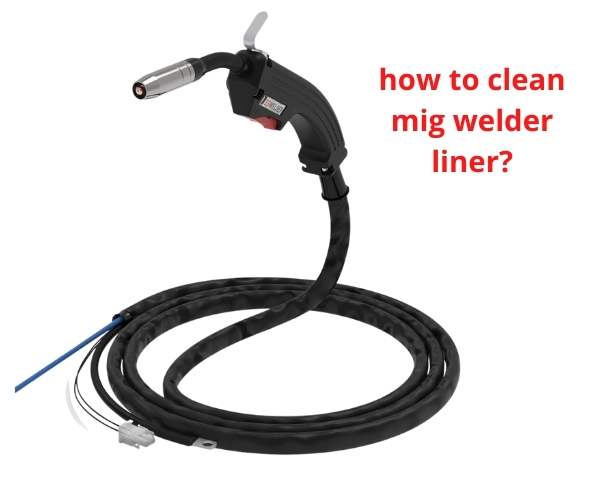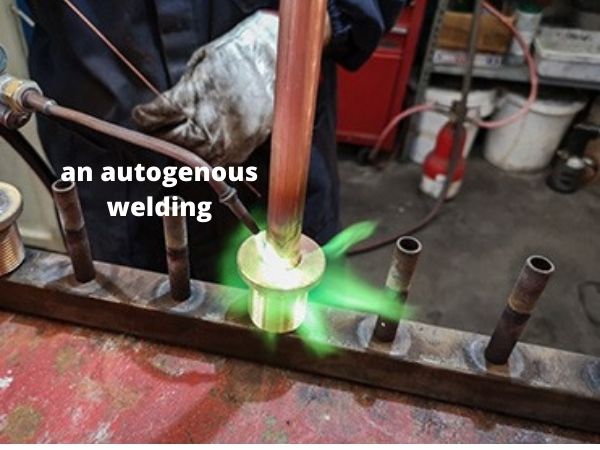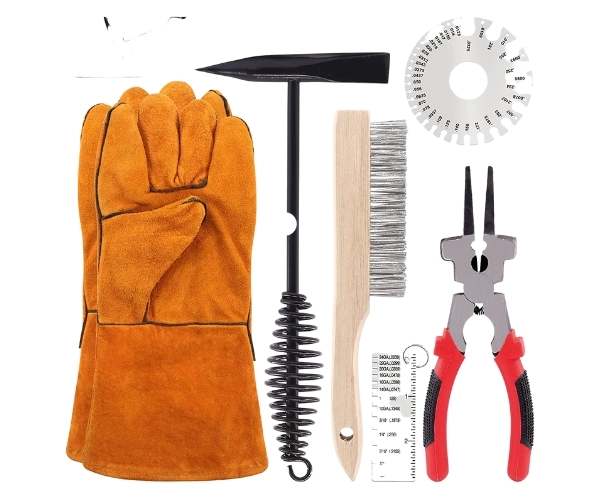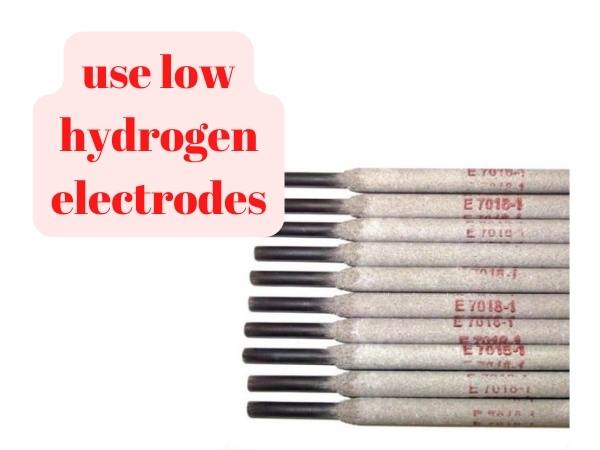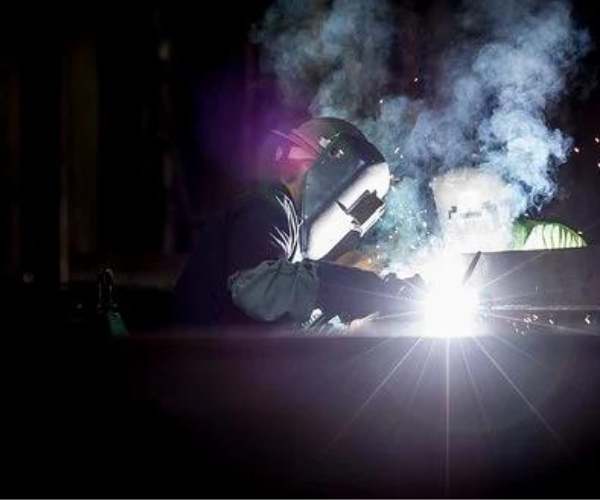What are the 4 Types of Welding?
Today we will discuss What are the 4 Types of Welding. Welding is a process that joins two pieces of metal together. There are many different types of welding, each with its own advantages and disadvantages. In this blog post, we will discuss the four most common types of welding: shielded metal arc welding (SMAW), gas tungsten arc welding (GTAW), flux-cored arc welding (FCAW), and gas metal arc welding (GMAW). Each type has its own strengths and weaknesses, so it is important to know which type is best suited for your project. Let’s take a closer look at each type of welding!
4 Types of Welding:
shielded metal arc welding (SMAW):
Shielded metal arc welding (SMAW) is a process where an electrode is used to form an electric arc between the metal and the electrode. The heat from the arc melts the metals, which are then joined together.
Usage: SMAW is commonly used to weld thicker pieces of metal, such as in shipbuilding or structural welding. It is also a suitable method for welding metals with poor weldability, such as stainless steel or aluminum.
gas tungsten arc welding (GTAW):
Gas tungsten arc welding, also known as GTAW, is a welding process that uses an electric arc to fuse metals together. A tungsten electrode is used to create the arc, and the weld is performed by melting the metals with the heat of the arc and then flowing them together.
GTAW is often used for welding thin pieces of metal since it produces a very clean weld. It’s also one of the most versatile welding processes and can be used to weld a variety of metals including aluminum, copper, titanium, and stainless steel.
flux-cored arc welding (FCAW):
Answer: Flux-cored arc welding (FCAW) is a welding process in which an electric arc forms between a consumable electrode and the workpiece, melting the metal and causing it to join.
FCAW uses a continuous or semi-continuous wire electrode that is hollow and filled with flux. As the weld bead is deposited, the flux vaporizes, leaving a clean weld metal surface. No shielding gas is needed, making FCAW very versatile and easy to use.
gas metal arc welding (GMAW):
gas metal arc welding, or gmaw, is a welding process that uses an electrode that is automatically fed from a wire reel. The electrode and the filler metal are deposited into the weld pool to create the weld. shielding gas protects the pool from atmospheric contamination.
gmaw is commonly used for welding aluminum, stainless steel alloys, and mild steel. it can be used in all positions and on a variety of metals including Copper-Nickel alloys and Titanium.
Gas metal arc welding can be done with or without filler metal, making it a versatile process for many applications.The most common gmaw process is short arc welding, which uses a power source connected to electrodes in order to create an electric arc.
some other types of welding:
There are many different types of welding for a variety of reasons. Each type of welding has its own advantages and disadvantages and is best suited for specific applications.
Some of the most common types of welding are oxy-fuel welding, metal arc welding, plasma arc welding, and laser beam welding.
Oxy-fuel welding (OFW) is a welding process that uses fuel gases and oxygen to produce a flame that melts the metals to be joined. The molten metal is then cooled to form a welded joint. OFW is used extensively because it can join almost any type of metal, it produces a very strong weld, and it can be used in all positions. In addition, oxy-fuel welding is relatively easy to learn and use. One disadvantage of oxy-fuel welding is that it requires a lot of equipment, which can be expensive.
Metal arc welding is a type of welding that uses a power source to create an electric arc between an electrode and the metal. The heat from the arc melts the metal, which is then joined together. Metal arc welding is used in a variety of industries, such as the automotive industry, for repairs and fabrication. It can also be used for making sculptures and art objects.
Plasma arc welding (PAW) is an accurate process used to weld metals. It uses a constricted Metal Plasmaad And TransferredArc torch to generate welding suffers in which ions are generated within the。 The benefits of this process over other welding methods are movie-directed energy transfer and low heat-affected zones. This results in less warping of metals, making it ideal for materials that are difficult to weld. PAW is often used on stainless steel and aluminum alloys.
Laser beam welding (LBW) is a type of welding that uses a laser to create intense, focused heat. The laser is directed at the area to be welded, and the resulting heat melts the metal and joins the two pieces together. LBW is often used for precision weldings, such as in the aerospace and electronics industries.
LBW can be performed with either pulsed or continuous lasers. Pulsed lasers are turned on and off very rapidly so that only a small amount of heat is released at each pulse. This allows for greater control over the weld, which is important for delicate work. Continuous lasers release a constant beam of light, which can Heat up faster.
Glass welding:
Glass welding refers to any welding procedure that produces local melting of the glass surfaces being joined without causing significant damage to either piece. A variety of methods may be employed including refractive index matching, low-viscosity glass frits, thermal barriers, and high-powered lasers. Currently, two main approaches are used for base metal glass welding; autogenous fusion welding.
Underwater welding:
Underwater welding is a type of welding that is performed underwater. This process is used to join metals together using an electric arc. The welders are protected from the water by a special suit and helmet that allow them to breathe. Underwater welding is used in a variety of industries, including shipbuilding, offshore oil and gas production, and salvage operations.
The most common type of underwater welding is known as shielded metal arc welding (SMAW). In this process, an electrode is coated with a flux that produces gases that shield the weld area from the water. The electrons given off by the electrode create an electric arc that melts the metals to be joined together.
welding in a space station or outer space:
Welding in space is a bit different than welding on Earth. In space, there is no atmosphere, which means there is no oxygen to help protect the weld from oxidation. Additionally, there is no natural gravitational force, so it’s difficult to keep the weld pool in place.
There are a few ways to get around these challenges. First, special welding torches that produce an inert gas (like argon) can be used to help protect the weld from oxidation. Additionally, welding can be done in a vacuum or low-pressure environment to help keep the weld pool in place. Finally, automated welding robots can be used to make the process easier and more accurate.
final words:
In conclusion, there are four types of welding which are gas tungsten arc welding (GTAW), gas metal arc welding (GMAW), shielded metal arc welding (SMAW), and flux-cored arc welding (FCAW). Each type has its own benefits and drawbacks that should be considered when choosing the right weld for the job.
